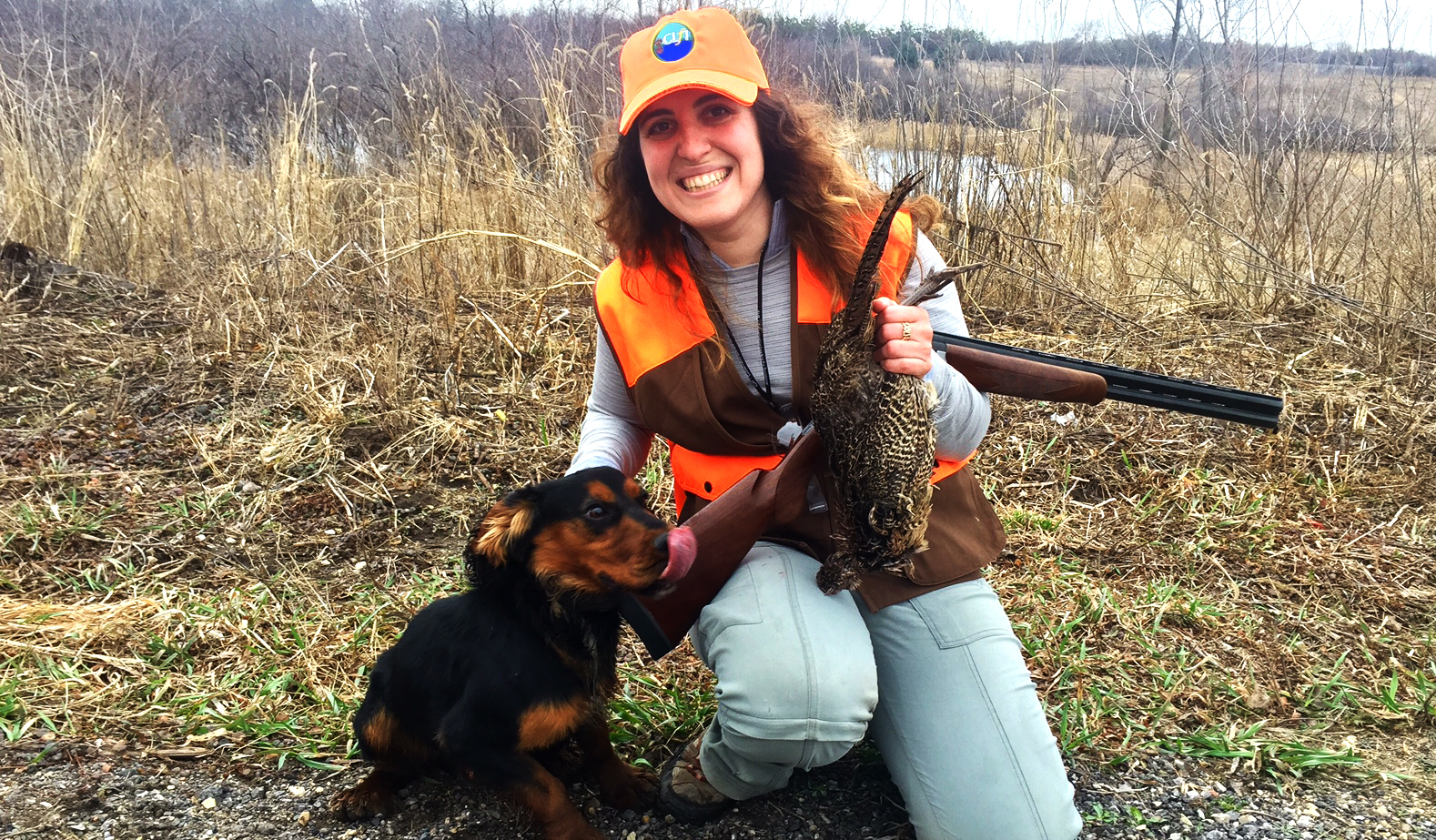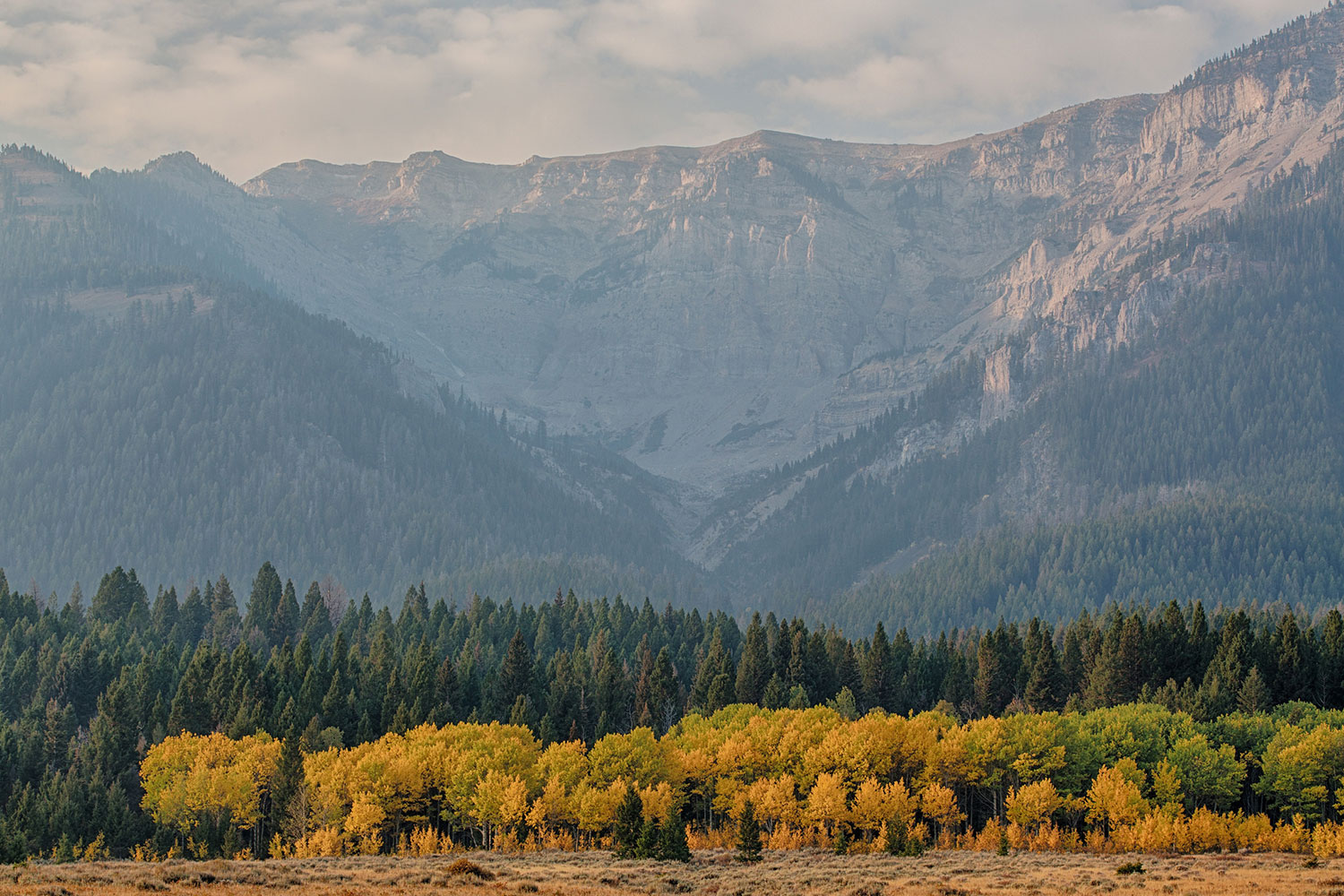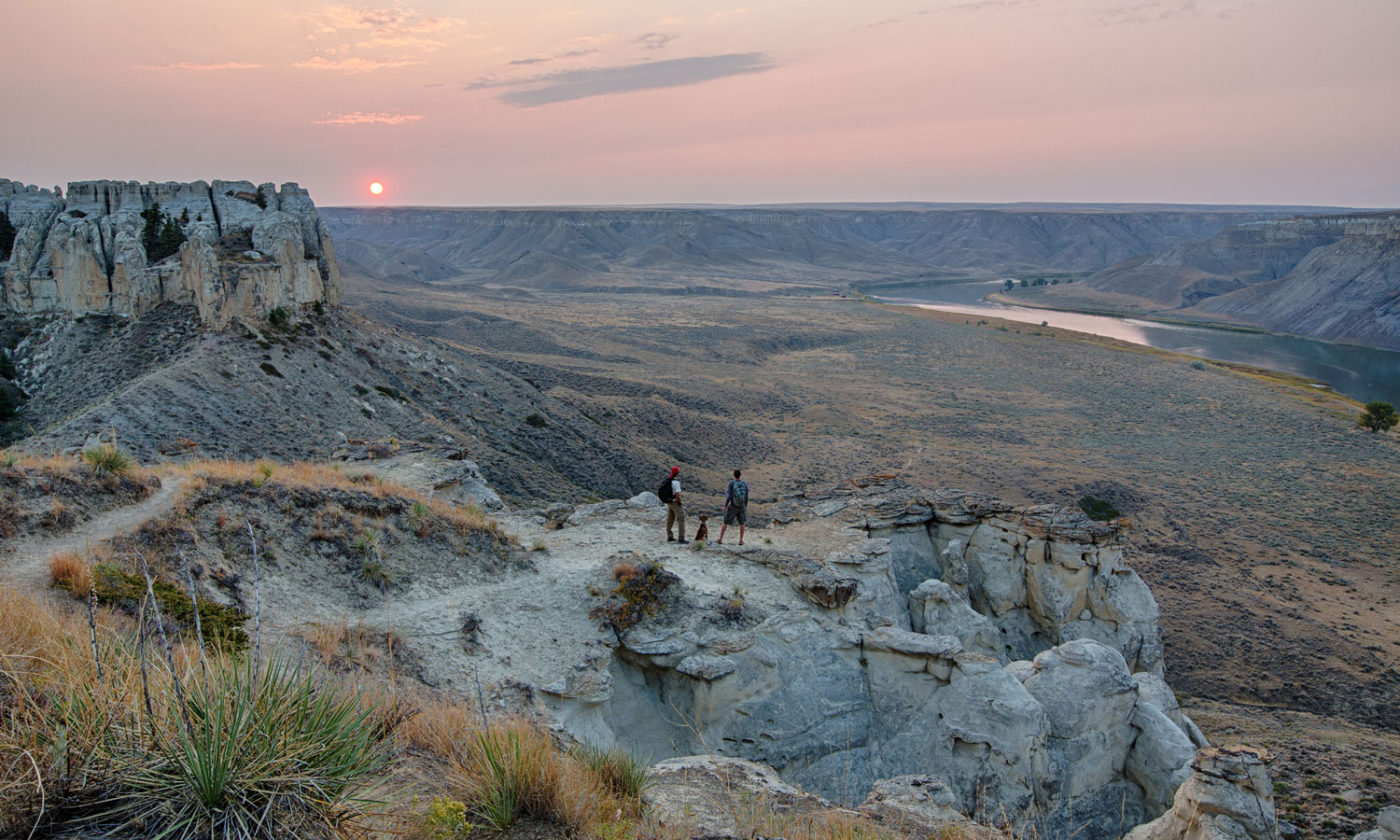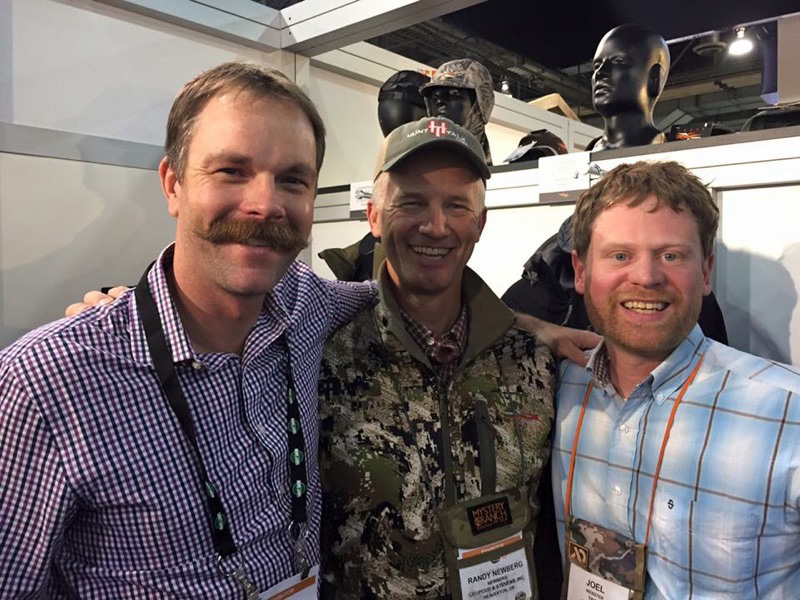A first-time pheasant hunter offers this humble defense of millennials just taking up the sport
There’s a lot of bad press out there about millennials like me. I’m a 26-year-old D.C. resident who likes cold-brew coffee, wears lumberjack flannel in the city, and spends way too much time at the rock-climbing gym. And yes, I’ve even been called a hipster once or twice. I’m not exactly the image that the word “hunter” conjures.
I’m from Los Angeles, which isn’t especially known for its backwoods hunting. I can’t think of a single person I knew growing up who had even held a shotgun or rifle, let alone shot at game. But for my entire professional career, I’ve been working in the fields of wildlife science and conservation policy. I’ve spent a whole lot of time roaming remote parts of the country alone in a (shoddy) pickup truck and have learned as an adult about the immense value of sportsmen and women. I have been ready and willing to be recruited as a sportswoman for years.
And, finally, last month I went on my first hunt.

Finding My Tribe
Without a community of sportsmen to rely on, hunting can be pretty intimidating to the uninitiated. There’s a lot to know about licenses, locations, best practices, and equipment—barriers I’m sure many other prospective outdoorsmen and women face. But more than that, in the past I’ve worried—perhaps unfoundedly—that the community of sportsmen and women would be unwilling to take in someone brand new and so unlike the typical hunter.
But I felt nothing but welcomed when, in late-February, on an unseasonably warm day in Illinois, I took down my very first pheasant with pride. I had just spent a week in an intensive crash-course on everything related to hunting and conservation, from how to hold a firearm to how regulatory decisions influence and are influenced by biology, ethics, public perceptions, and the North American Model of Conservation. It was geared towards potential leaders in the field of conservation, ranging from state agency wildlife biologists to young NGO staffers like me, who don’t come from a hunting a fishing background.
The future of habitat and access may depend on established hunters accepting beginners into their tribe Click To Tweet
That description applies to more of us than you might think. It’s no secret that hunters are diminishing in numbers, and yet sportsmen and women have been responsible for a good chunk of conservation funding ever since we decided to tax ourselves for our licenses and gear long ago (during the Great Depression, no less.) There’s a lot of talk in the hunting and fishing community about the importance of recruiting new cohorts of hunters, and retaining or reactivating others, in order to keep these dollars flowing.
So the future of habitat and access just may depend on established hunters accepting beginners like me into their tribe.
A Dollar is a Dollar
Especially now, when all signs point to major budget cuts on the horizon for the federal agencies that carry out conservation in America, the dollars that hunters provide for habitat—and specifically excise taxes enacted by the Pittman-Robertson Act—will be even more critical. After all, the dollars we spend on guns, ammo, and licenses are just as powerful as the dollars of a seasoned sportsman.
Will it matter in 50 years that non-traditional hunters, including the dreaded “hipster hunters,” got interested in the sport as adults primarily because they cared about organic, local, and ethically sourced meat? As long as we all share in the responsibility to our natural resources and sportsmen’s access, I don’t think so.
Bound by Tradition
I hope that folks like me remain deferential to sportsmen’s traditions that were established way before millennials started listening to podcasts and Instagramming their avocado toast (for the record, I have never, and will never, post my brunch online.) The history and culture of hunting should be revered, not reversed, by those of us who are just starting out.
As for me, since my first hunt I’m completely hooked—and shopping for a firearm of my own. And of course, a portion of that sale will go back into conservation.
So, here’s the crux of my humble defense of millennial hunters, from my tribe to yours: We’re not in competition for a stake in America’s hunting legacy. We’re like you; we’re bonded by the singular rush you get knowing that you’ve become part of the natural world in a very primal way. We want to work together with you to create a sustainable future for fish, wildlife, and our—yes, our—sporting traditions.








Congratulations. Welcome, I am not a newbie as I have been hunting for over 70 years . In all those years I have welcomed every first timer into the sport. You are not what you refer to as a Newbie it was just your first day afield as mine was over 70 years ago. I still love every day I get to spend some time hunting or fishing. I hope your enthusiasm for hunting grows to the passion i have had for hunting, fishing and the outdoors for the past 70 years. Again WELCOME ABOARD
Great article. It’s difficult to find a way to get into the hunting tradition without a community to welcome and guide you. I live in the DC area and I’m having trouble getting started. It’s prohibitively expensive or there’s a huge lack of information or so many regulations that you end up discouraged and give up all together.
Thanks for these honest thoughts about a critical topic. I love the Finding My Tribe section – it is so important for new hunters of any age to have a community to support them. Not only for knowledge-sharing, but also for emotional support to get through the hard days of hunting or tricky situations you might face. It can be tricky to find people with similar interests in urban areas, but not impossible. Thanks again!